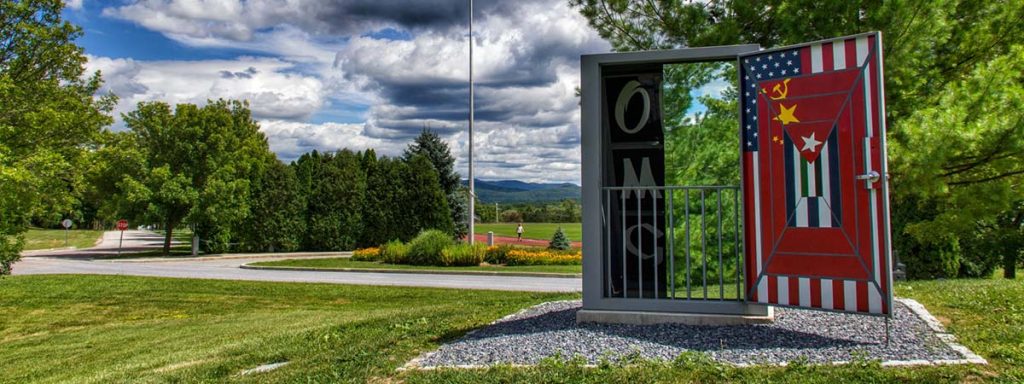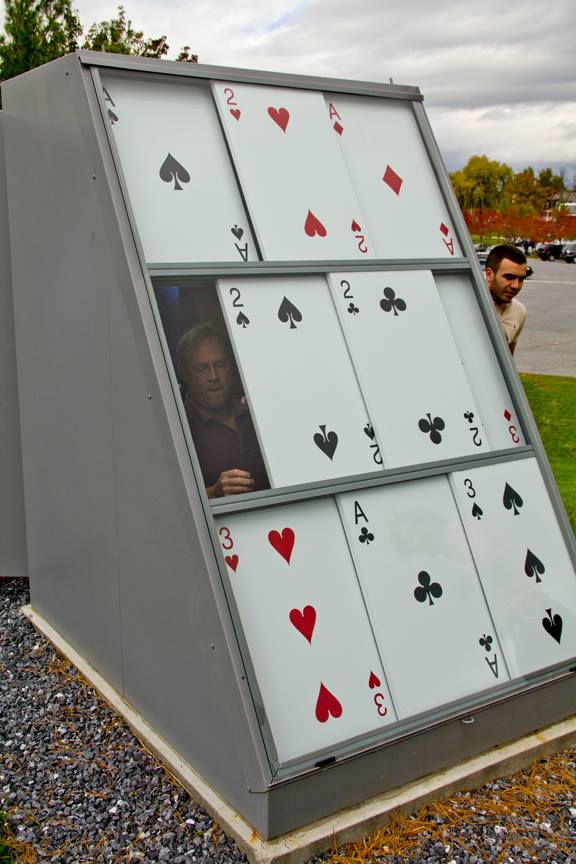(photo via https://www.facebook.com/middartmuseum)
I associate the physicality of Vito Acconci’s work to that of a premier danseur. He is the Nijinsky of built forms, aware of the elasticity of every wall, and how far he can bend a concept—an incredible flexibility—before he must spring forward. It is an irresistible, magnetic kind of physicality, needing an audience for completion, or even, like touch improvisation in modern dance, changing with and responding to each interaction different audiences bring. The physical power of his works, architectural and performed, is the most frightening and beguiling to me. I think about his early performance work, Following Piece, frequently when I’m walking down the sidewalk behind a stranger. How would the relationship between our bodies change if I kept following them? How would they feel about me tailing their heels? Would their shoulders tense? Would they speed up or change tack? It’s a strange and discomfiting scenario. His buildings and installations ask these questions of us as well. Does your body make this your space, or does this space demand something of your body? After decades of studying this bodily response to the world, and the world’s affect on the body, Vito Acconci has become a master at inserting questions into our daily dance, asking that we stay aware of the political shakes that can come from grand leaps or supple bows, movements which come unthinkingly, but that have deliberate manifestations in our world.
Physical spaces are easily turned into analogous spaces dependent our bodily response to them. Way Station I (Study Chamber) was a study space, a joke, a blight, a threat. What is it about an immobile structure that causes one to react so strongly as to enter it trustingly? Or to throw gasoline on it and set it alight? Acconci does not seize us, but goads us, follows at our heels, and seduces us. And we take the bait! The decision to join him on stage comes from somewhere within. We have rebuilt an Acconci piece on our campus landscape—how will we engage with it in 2013?

